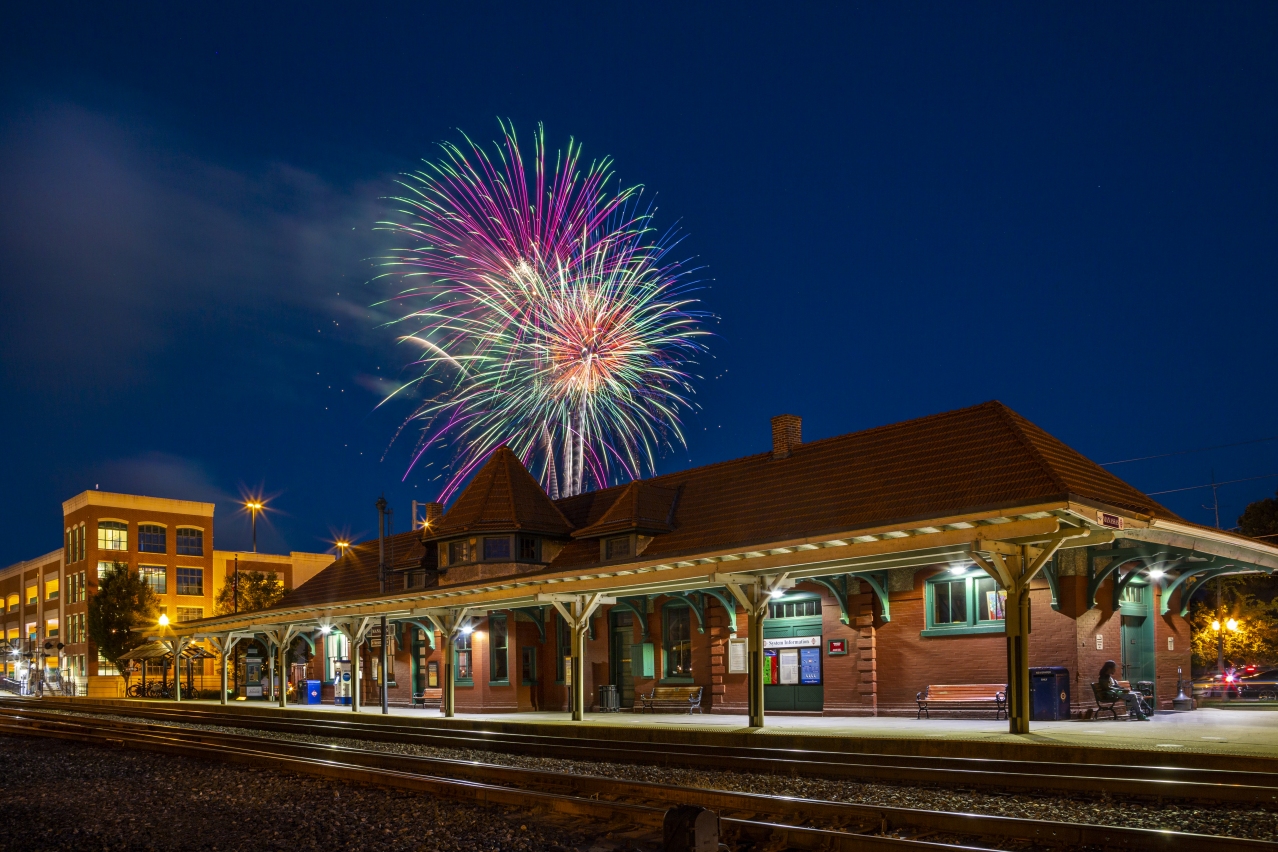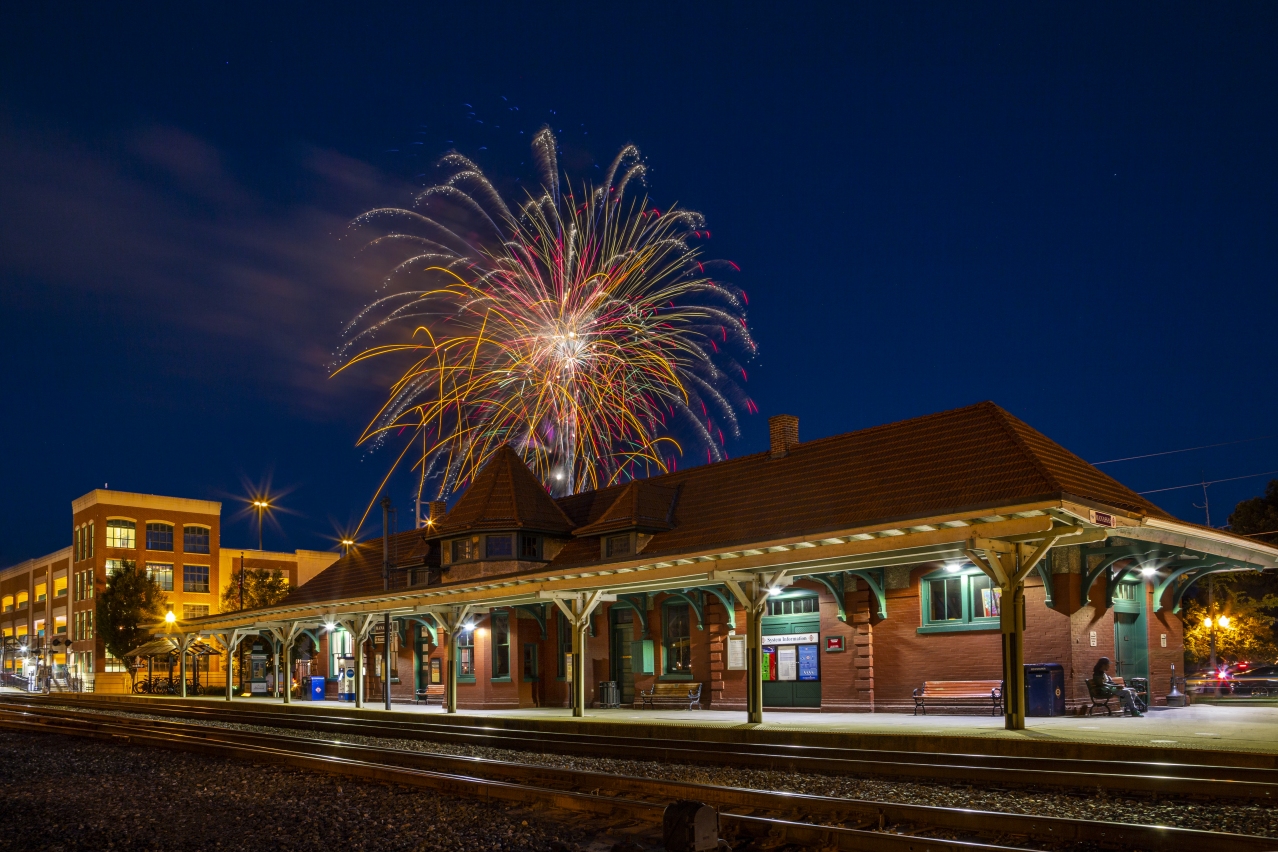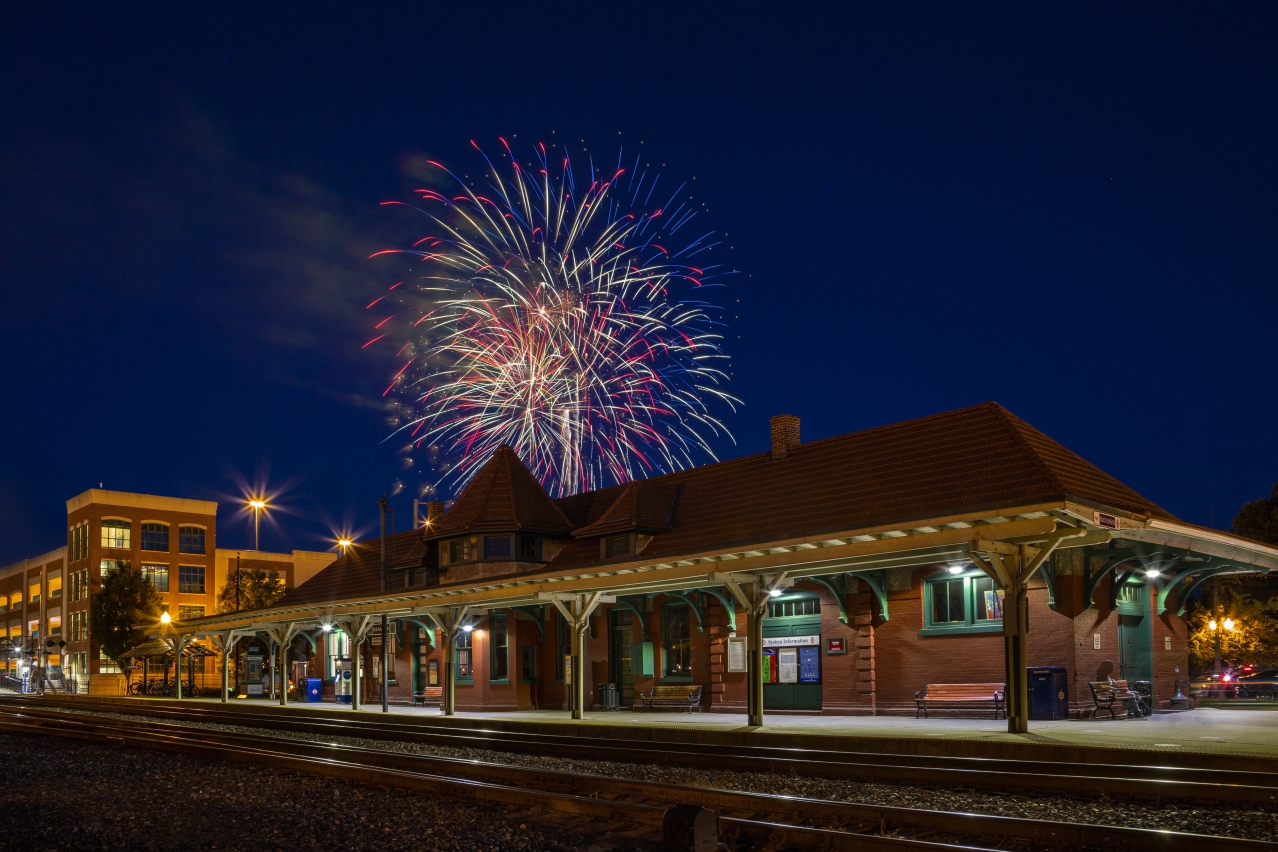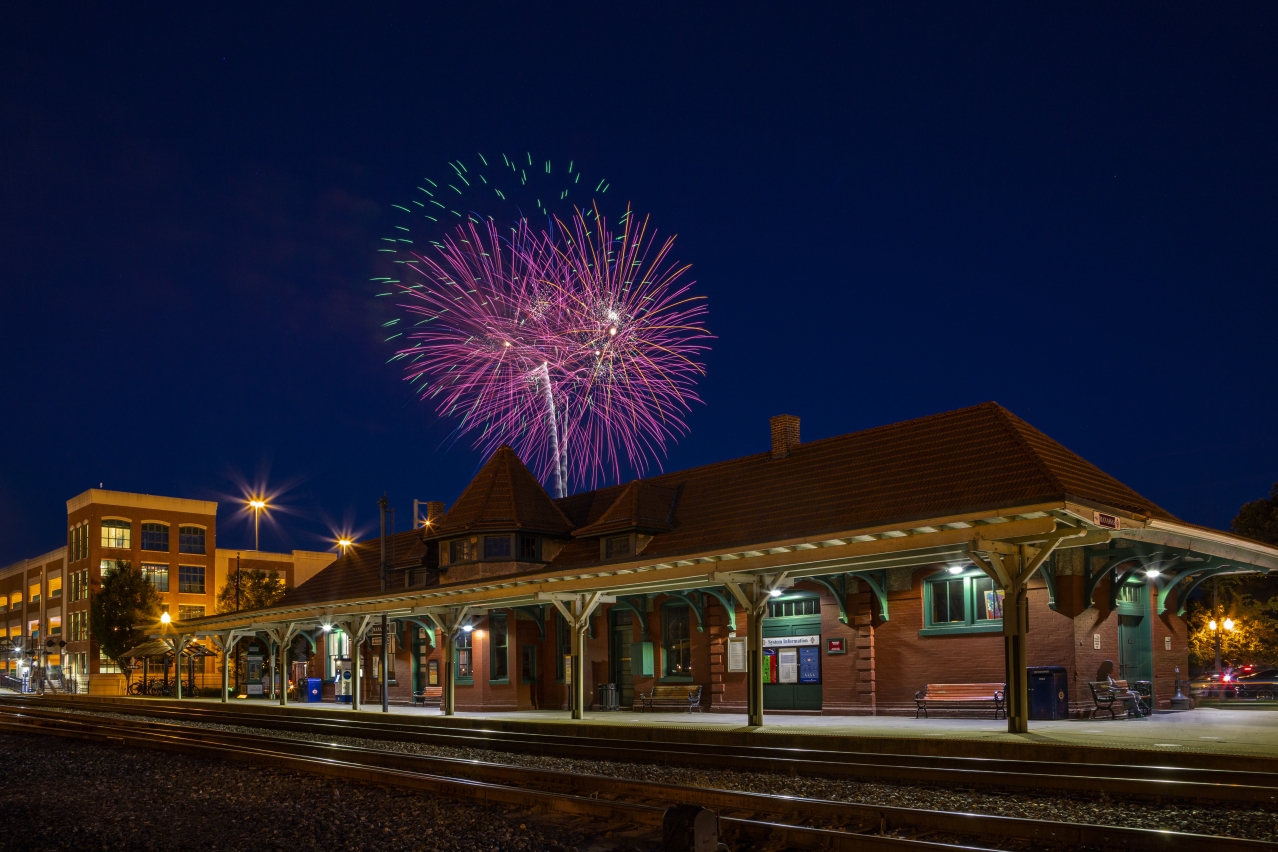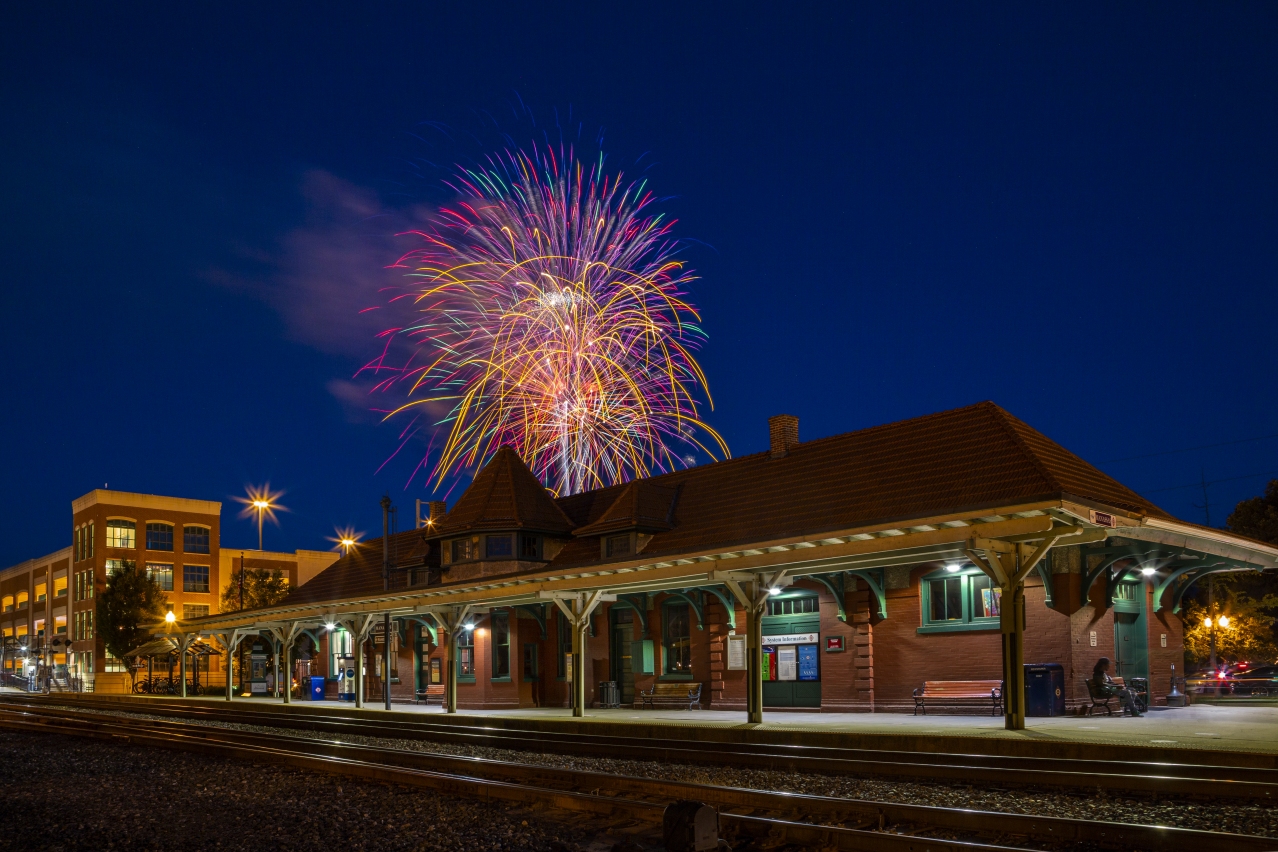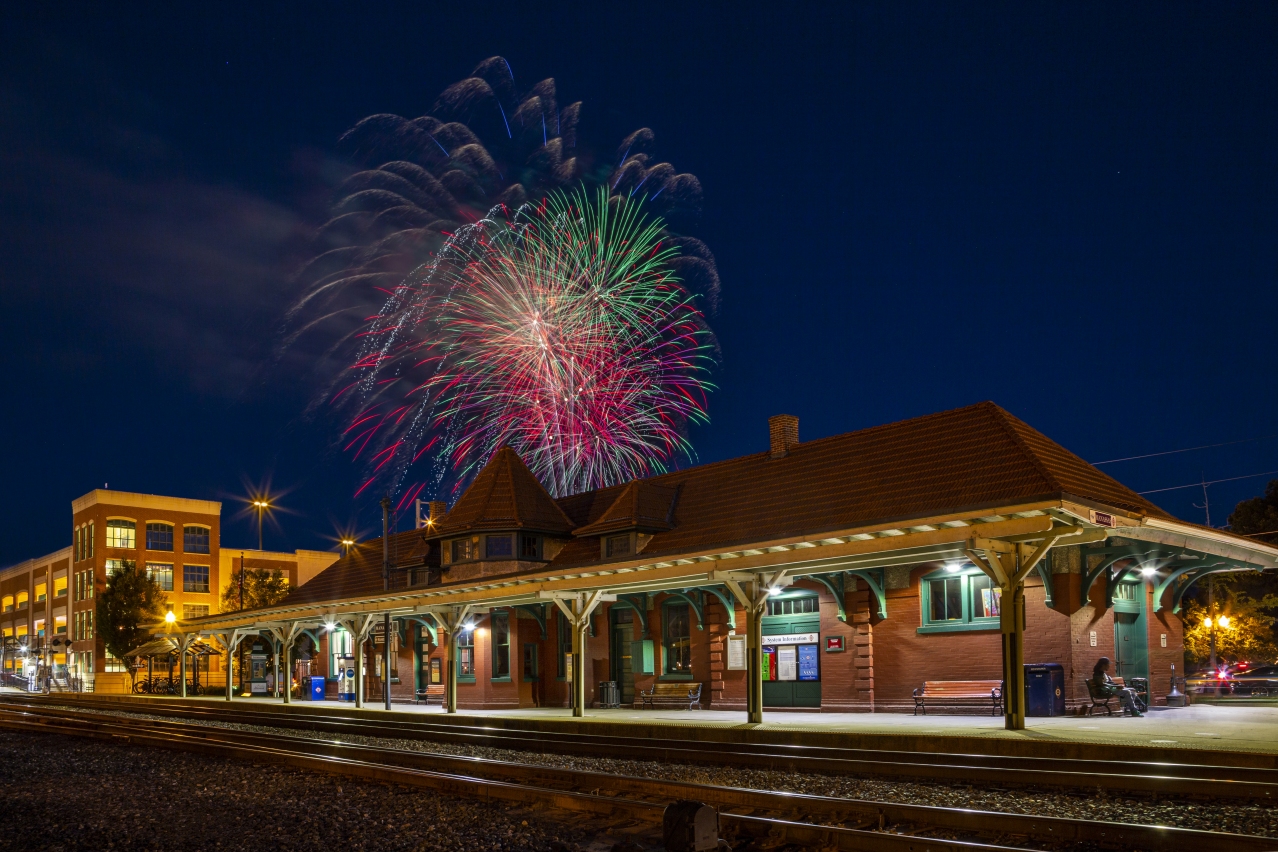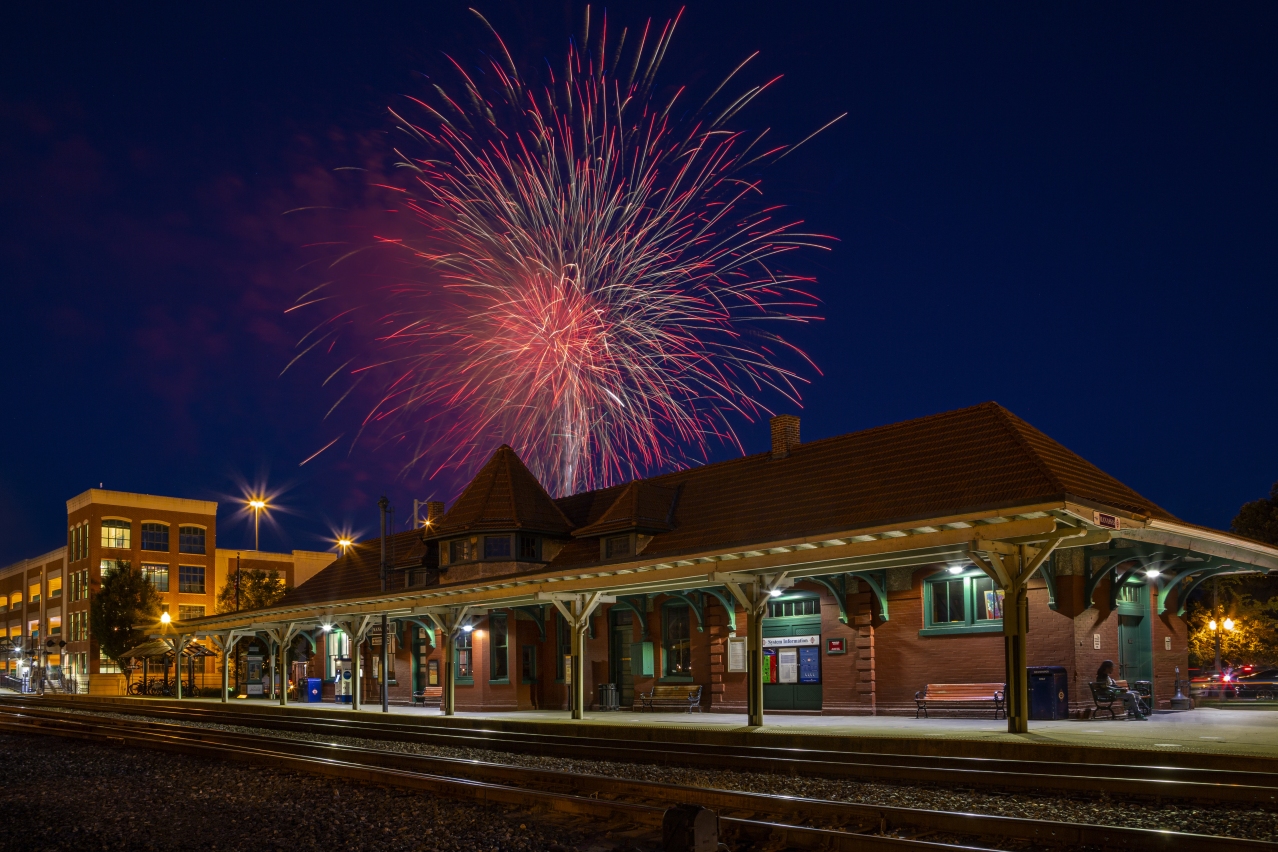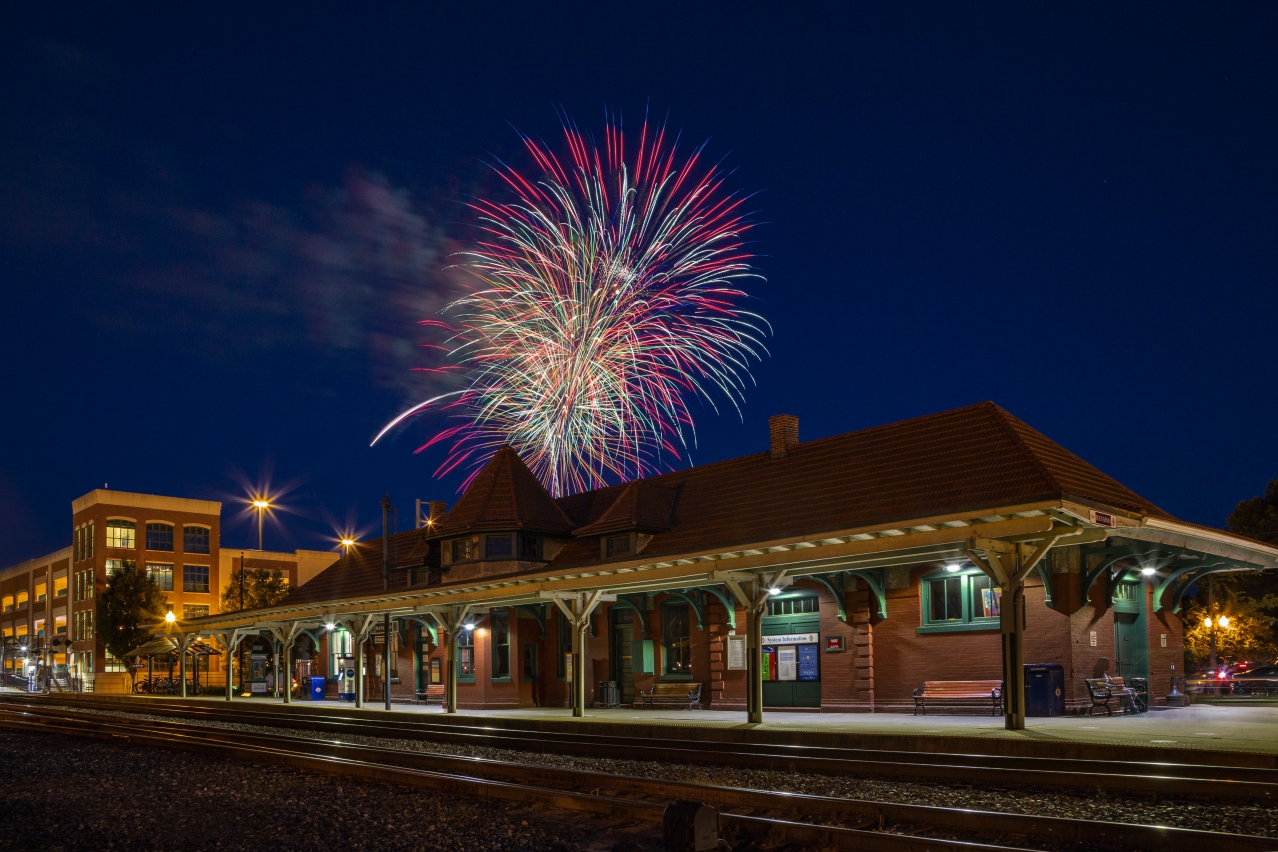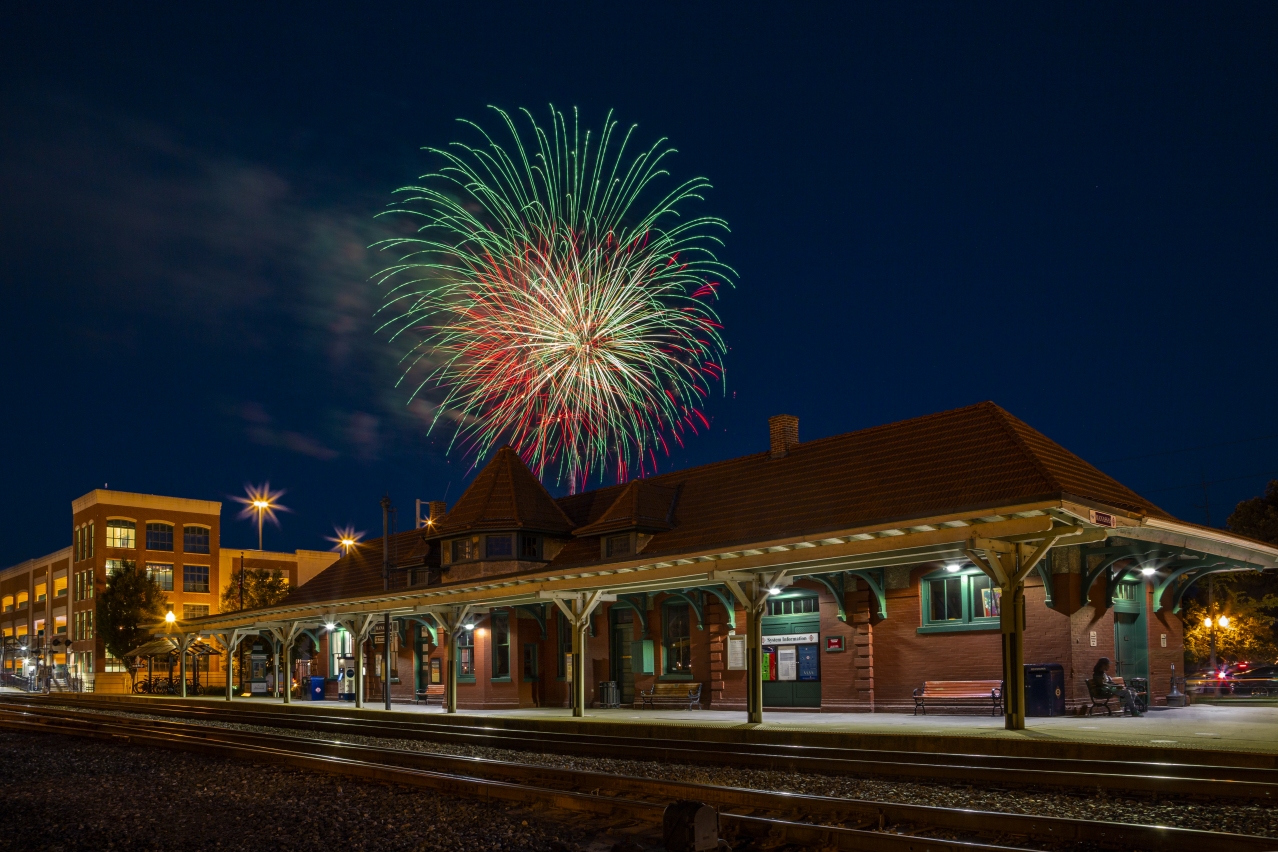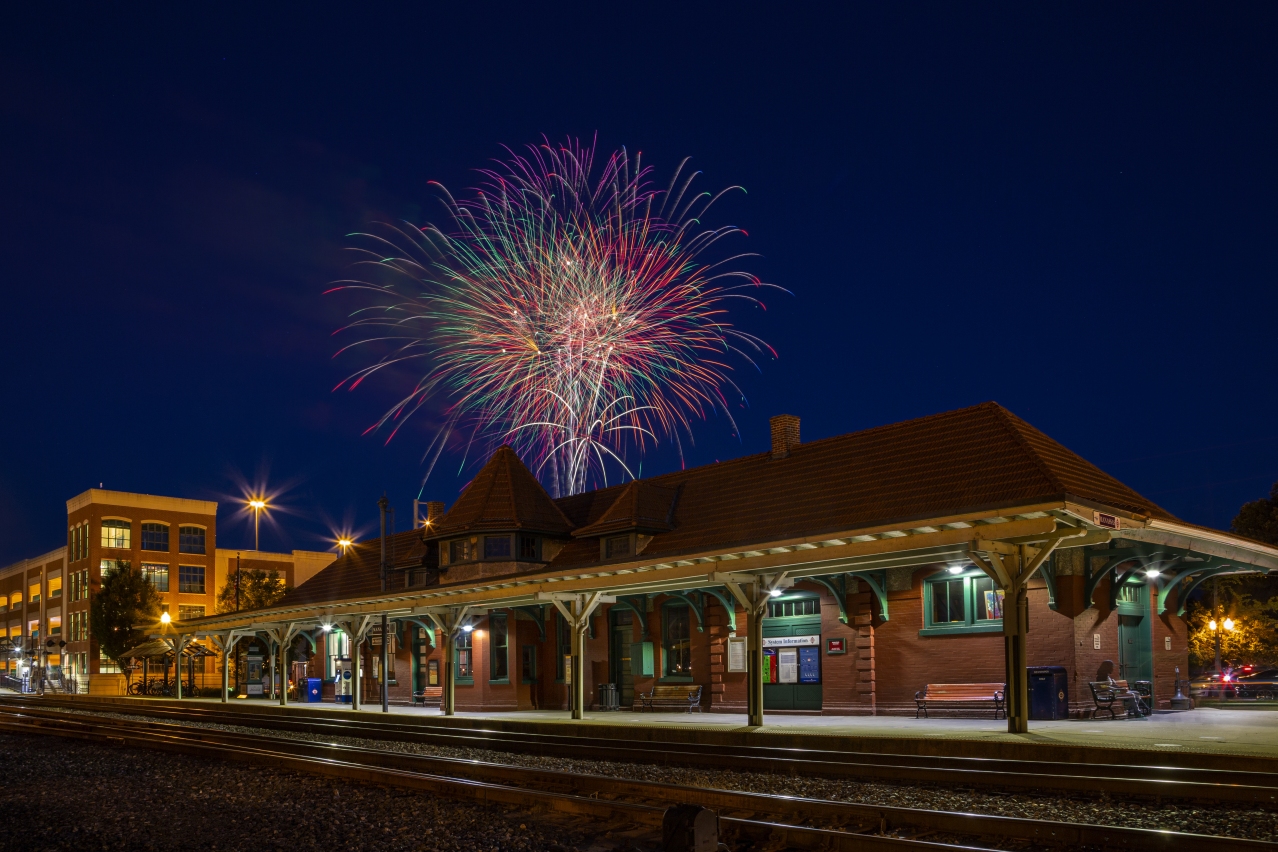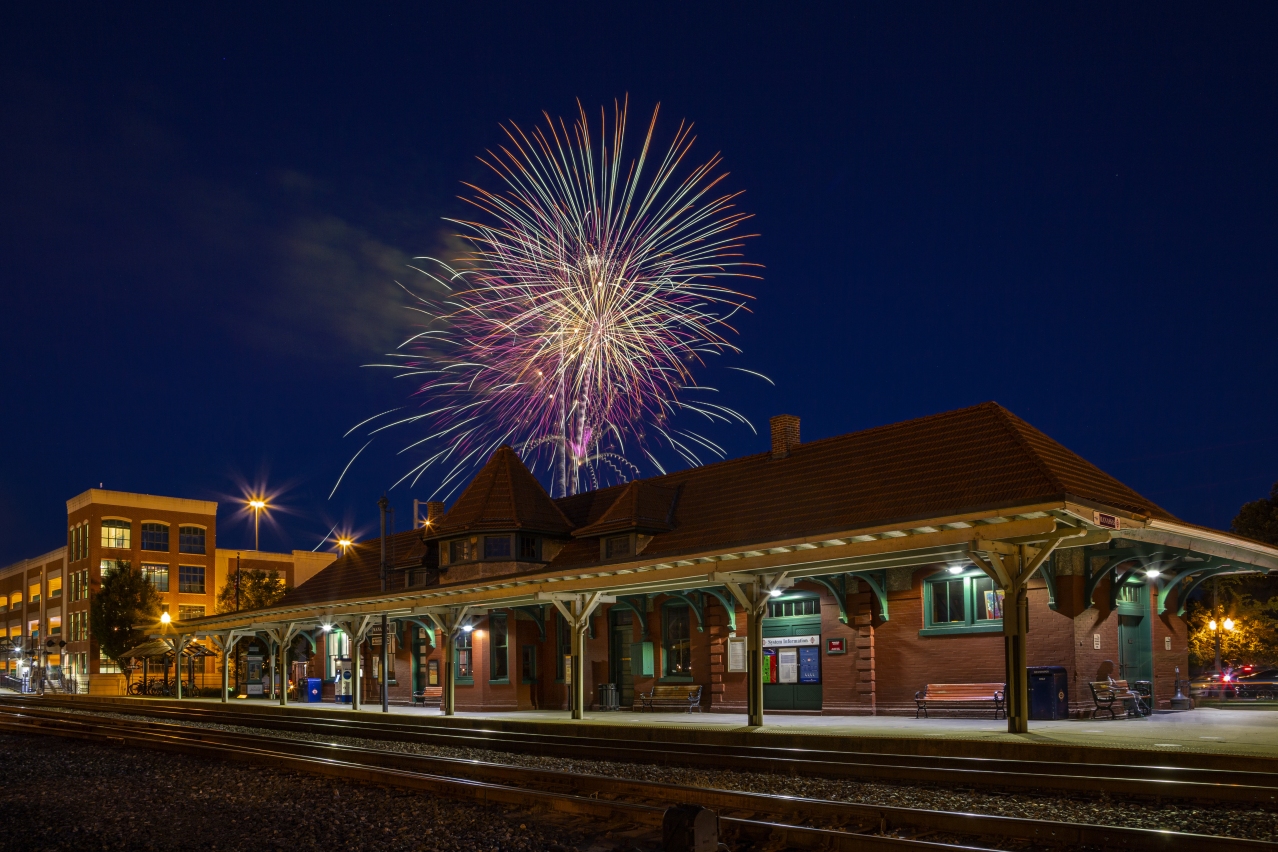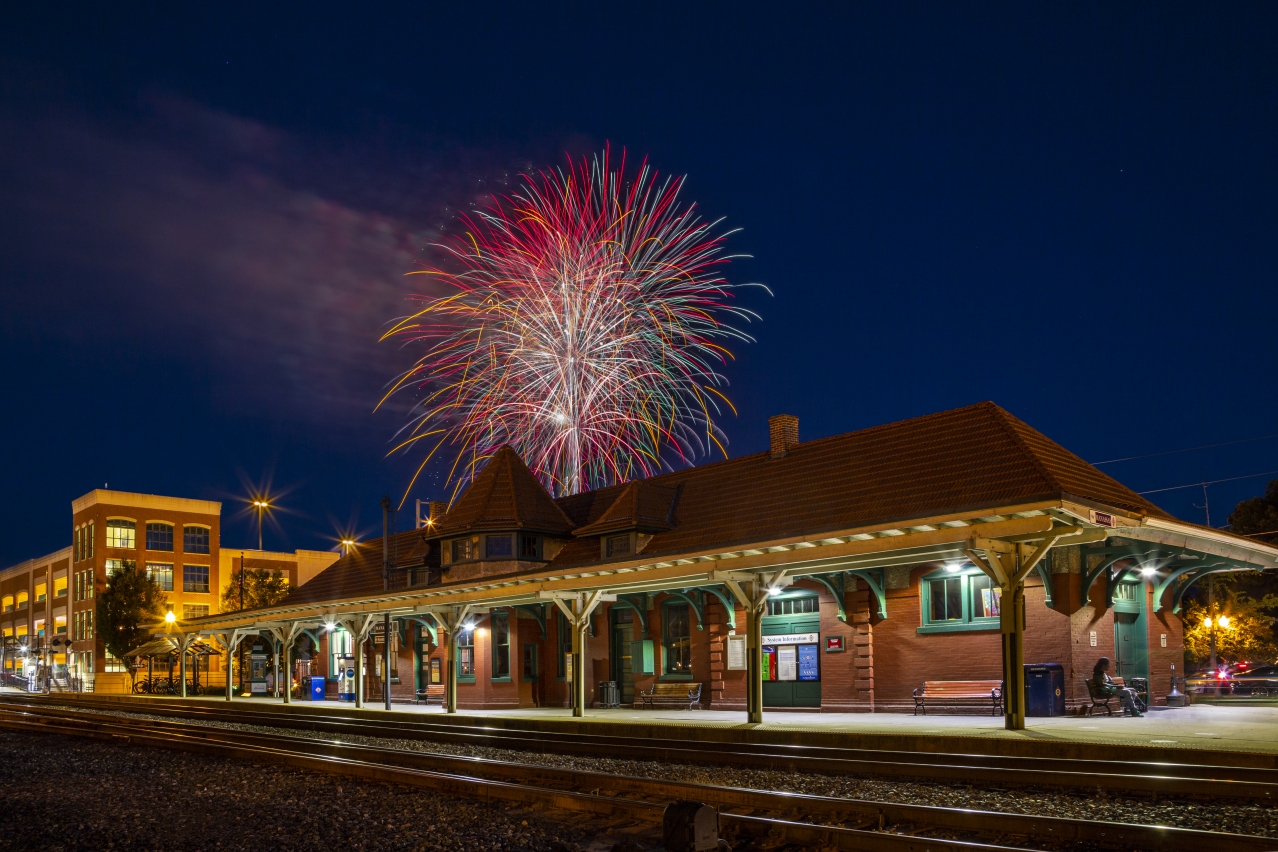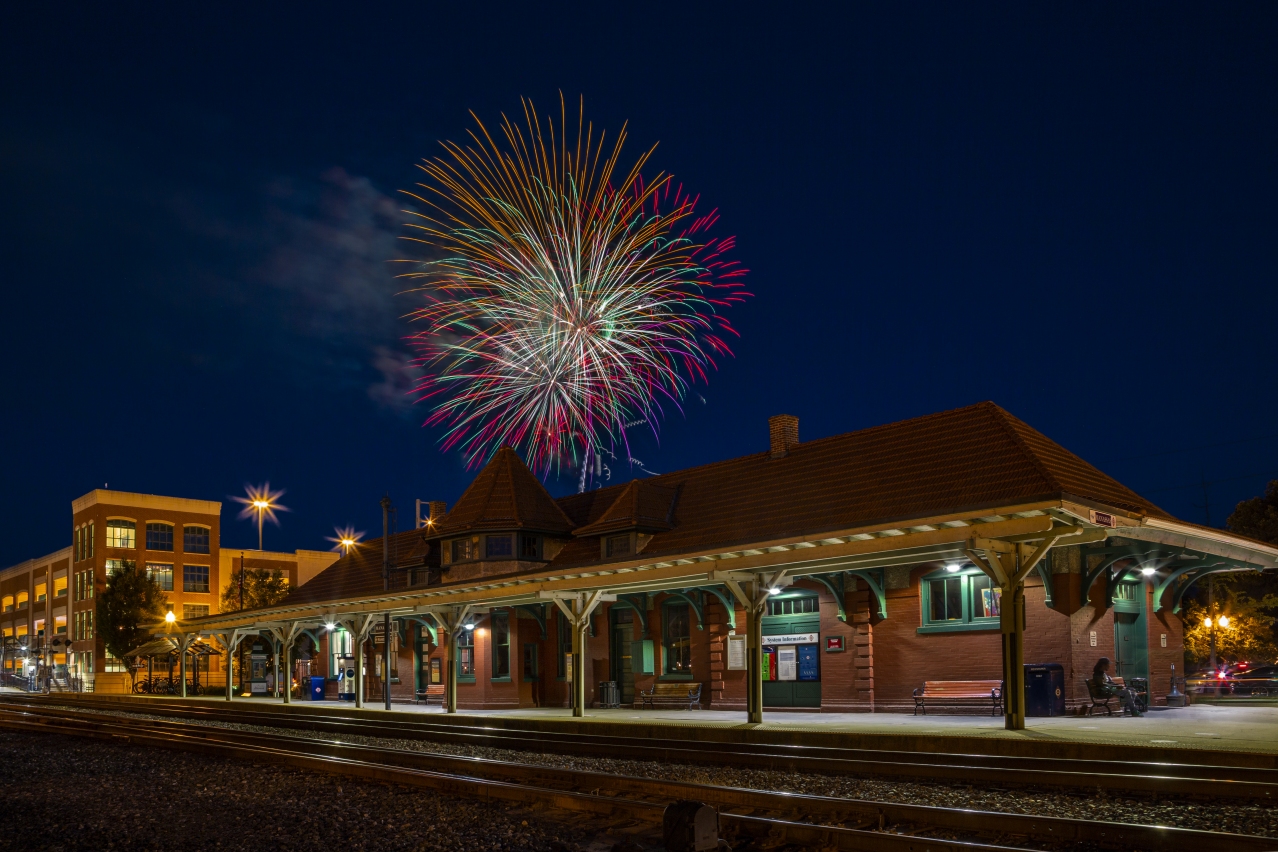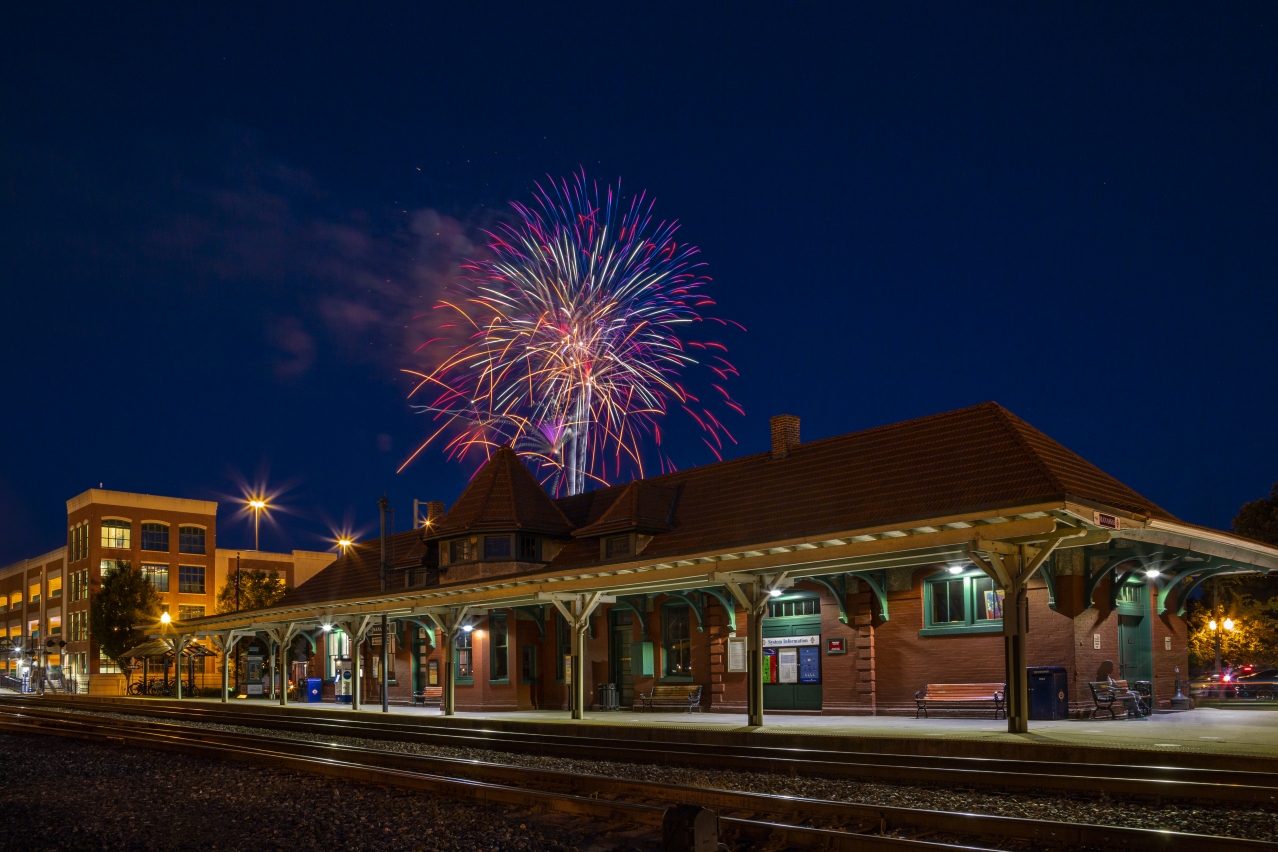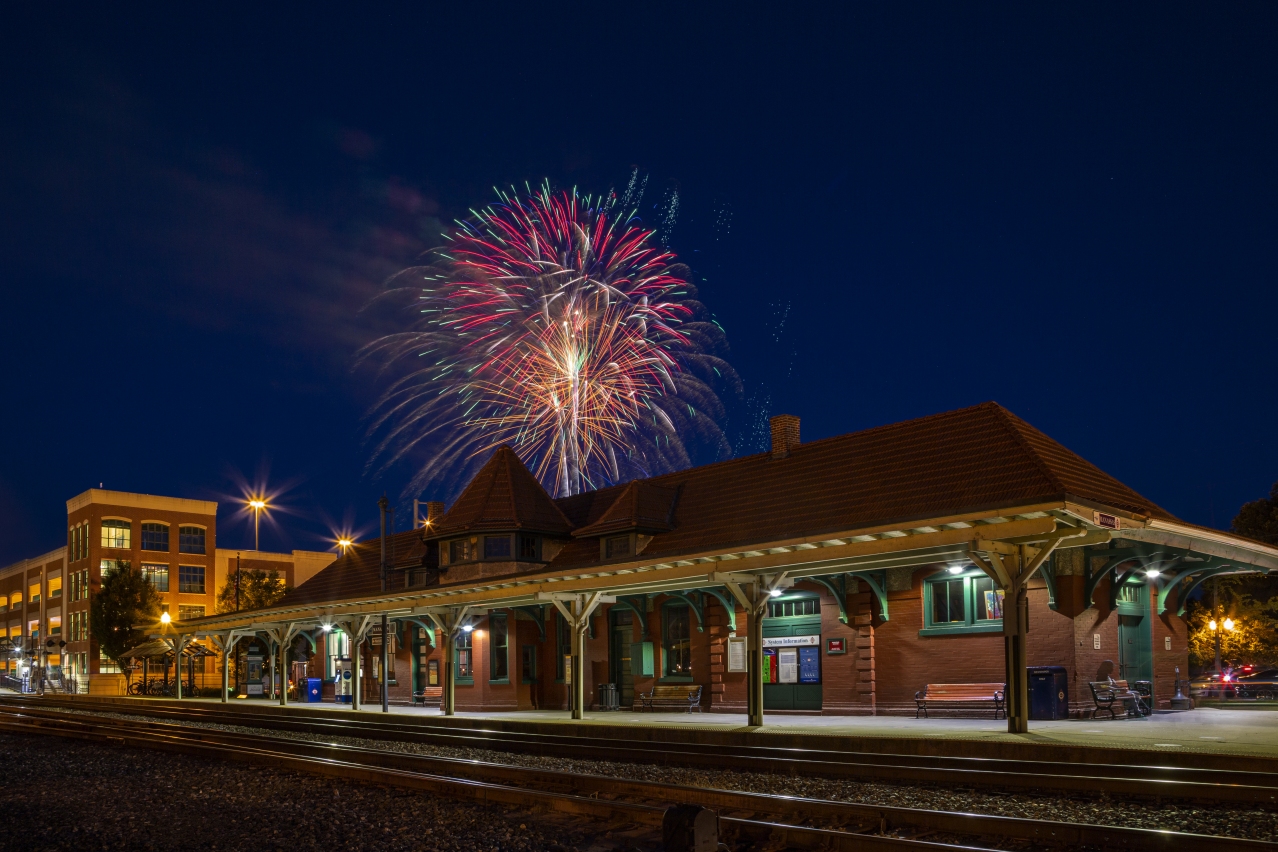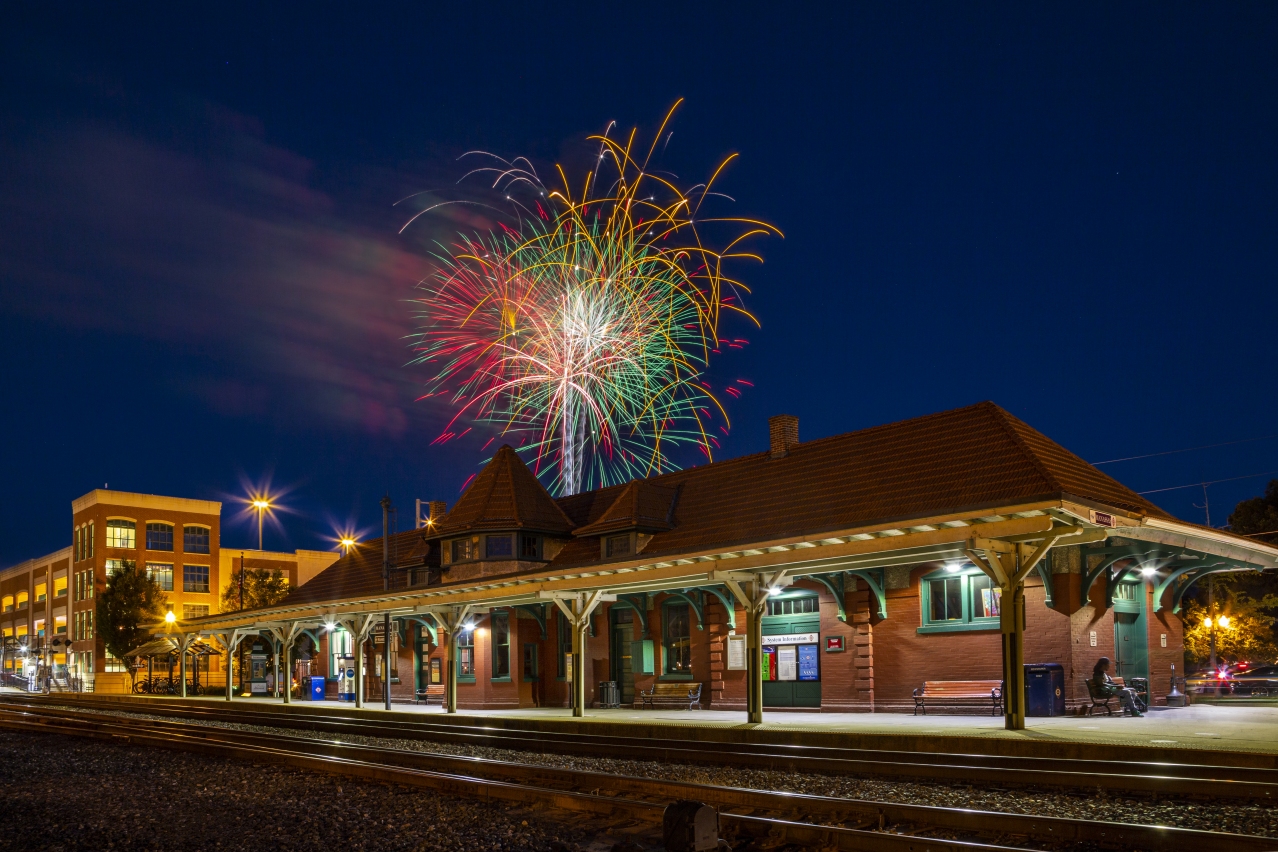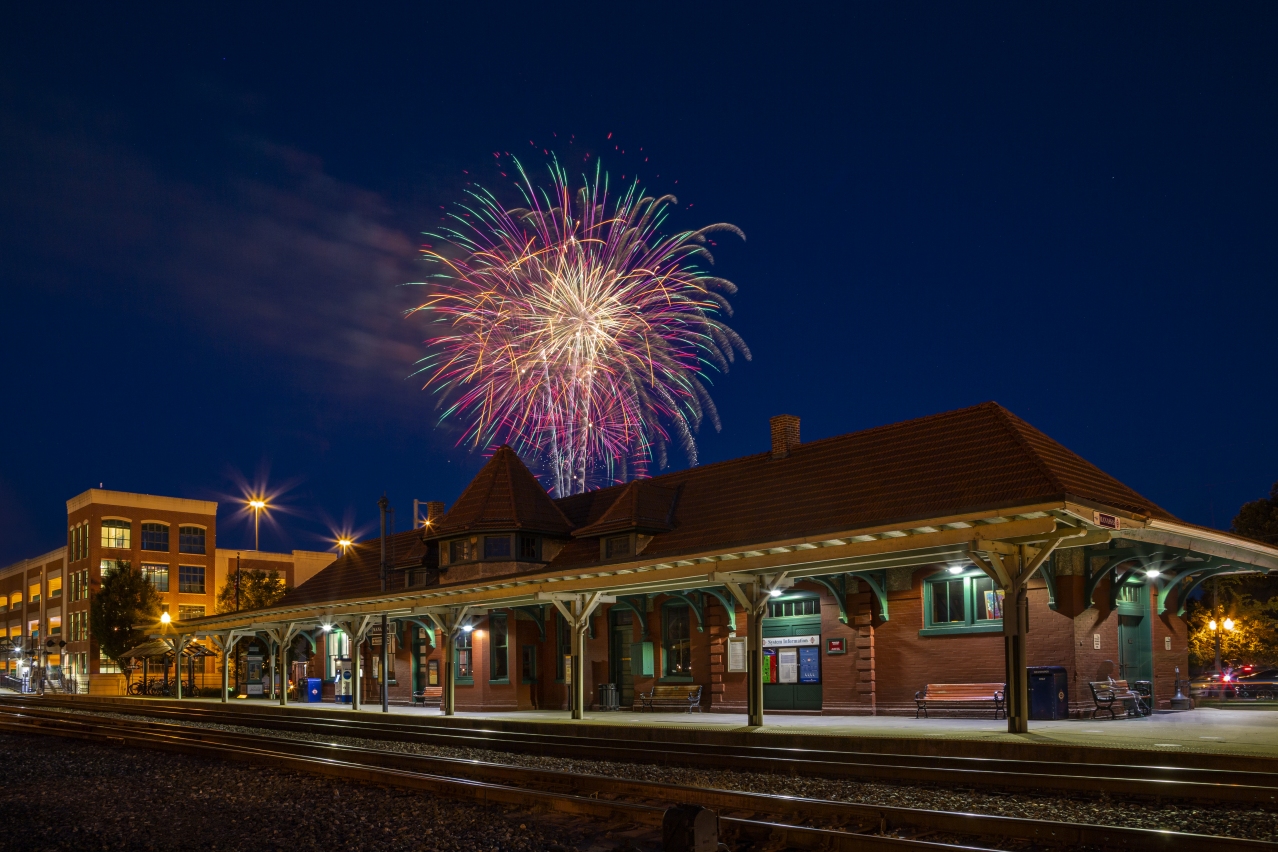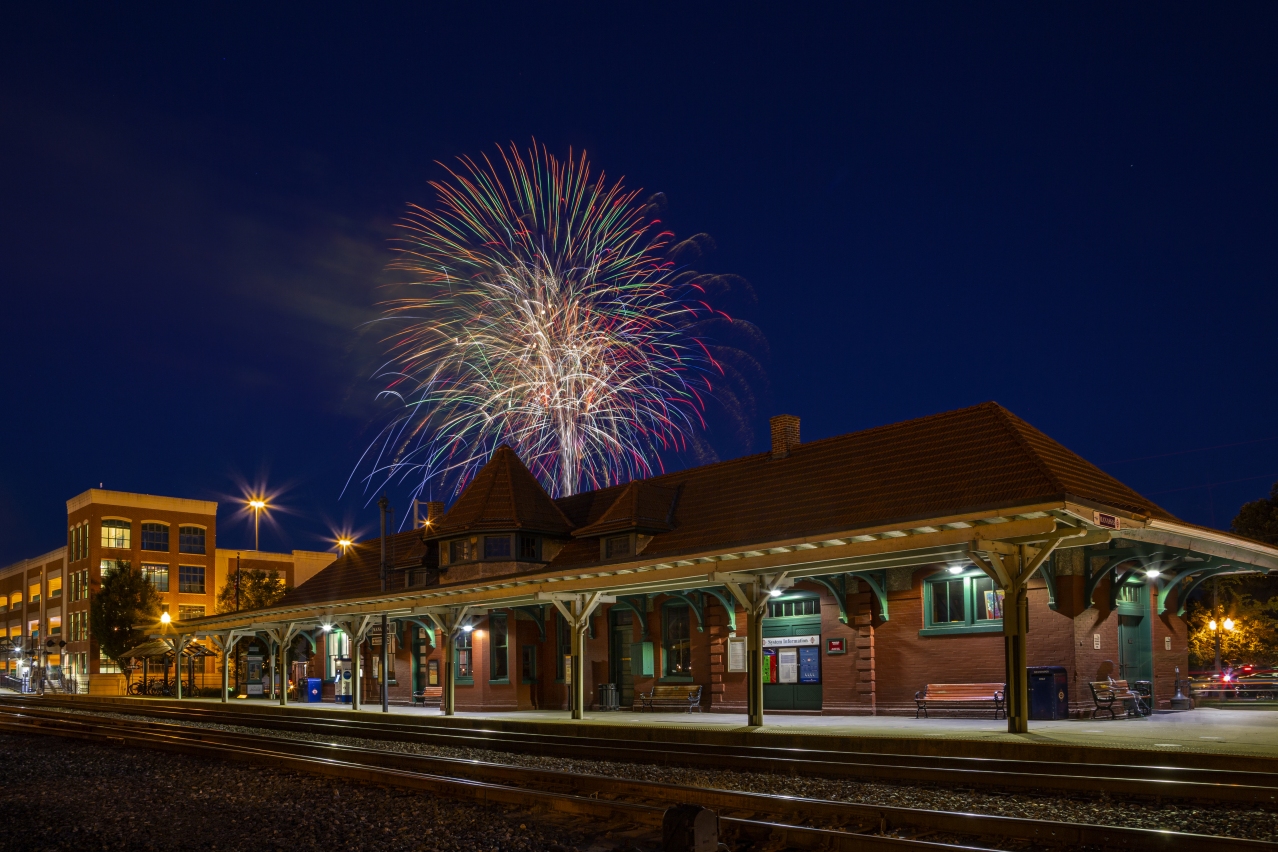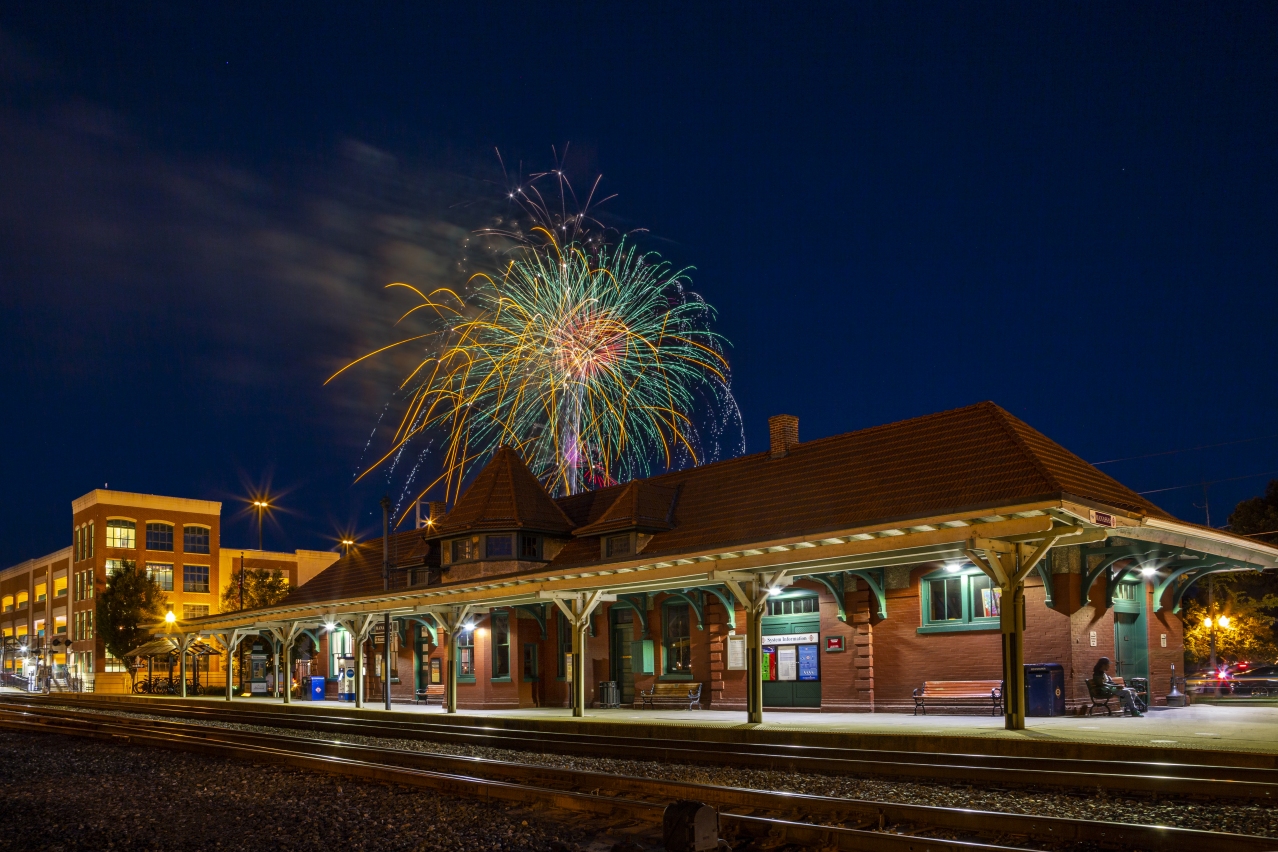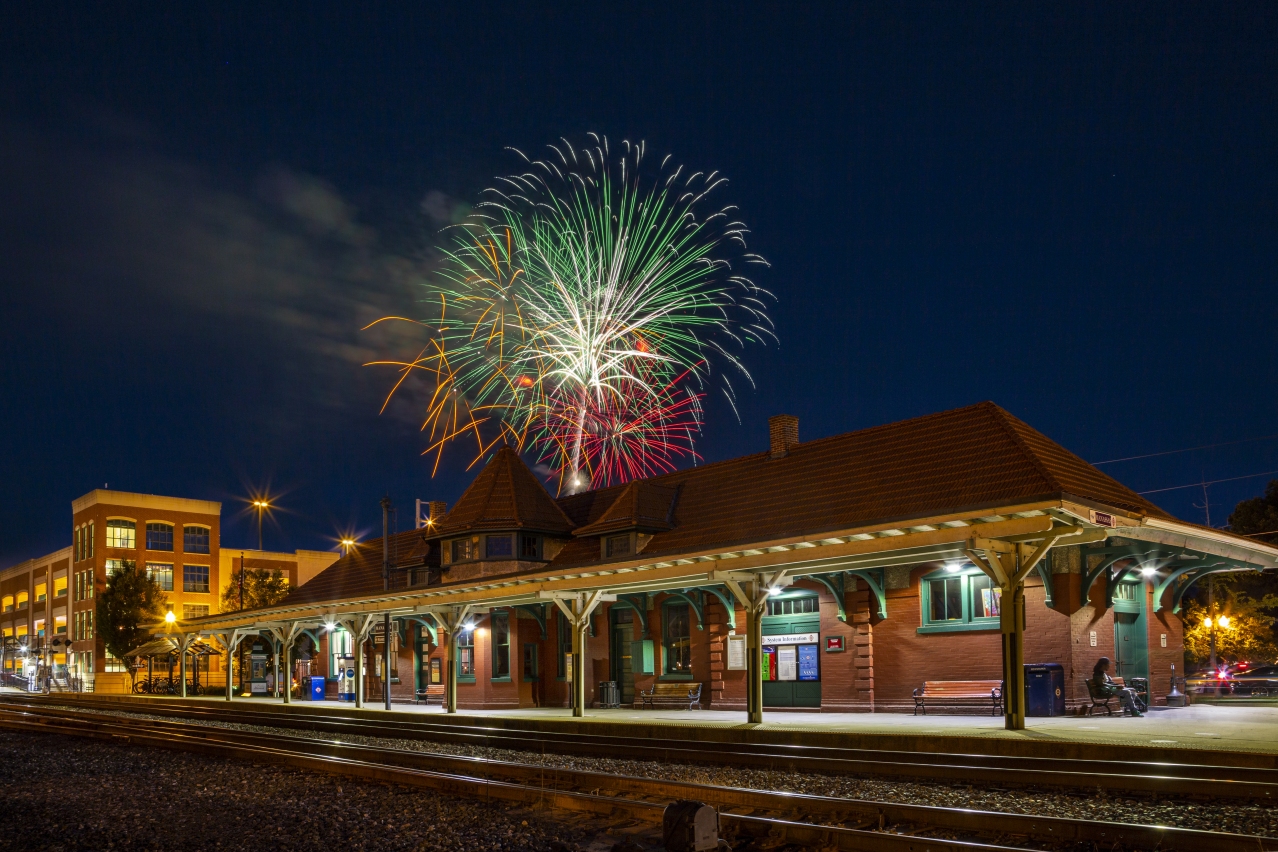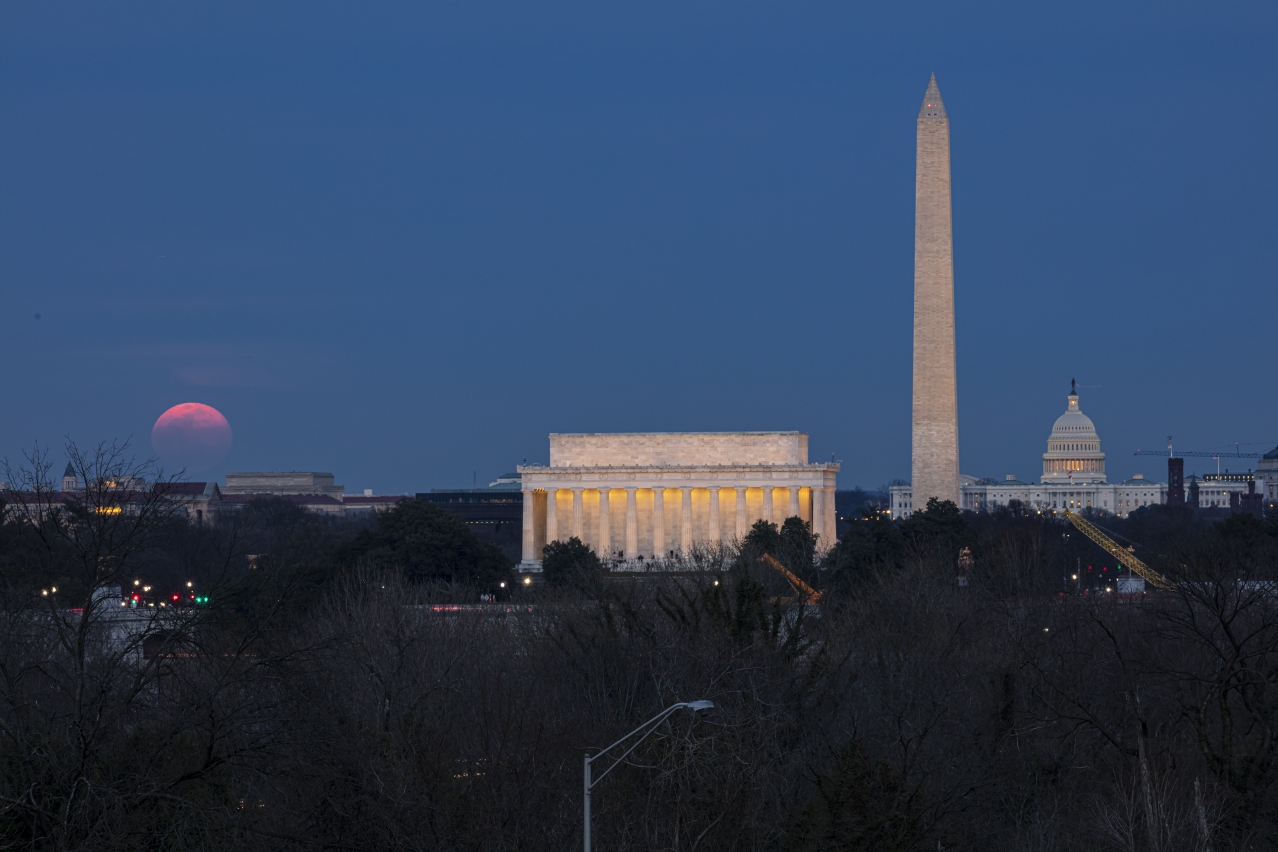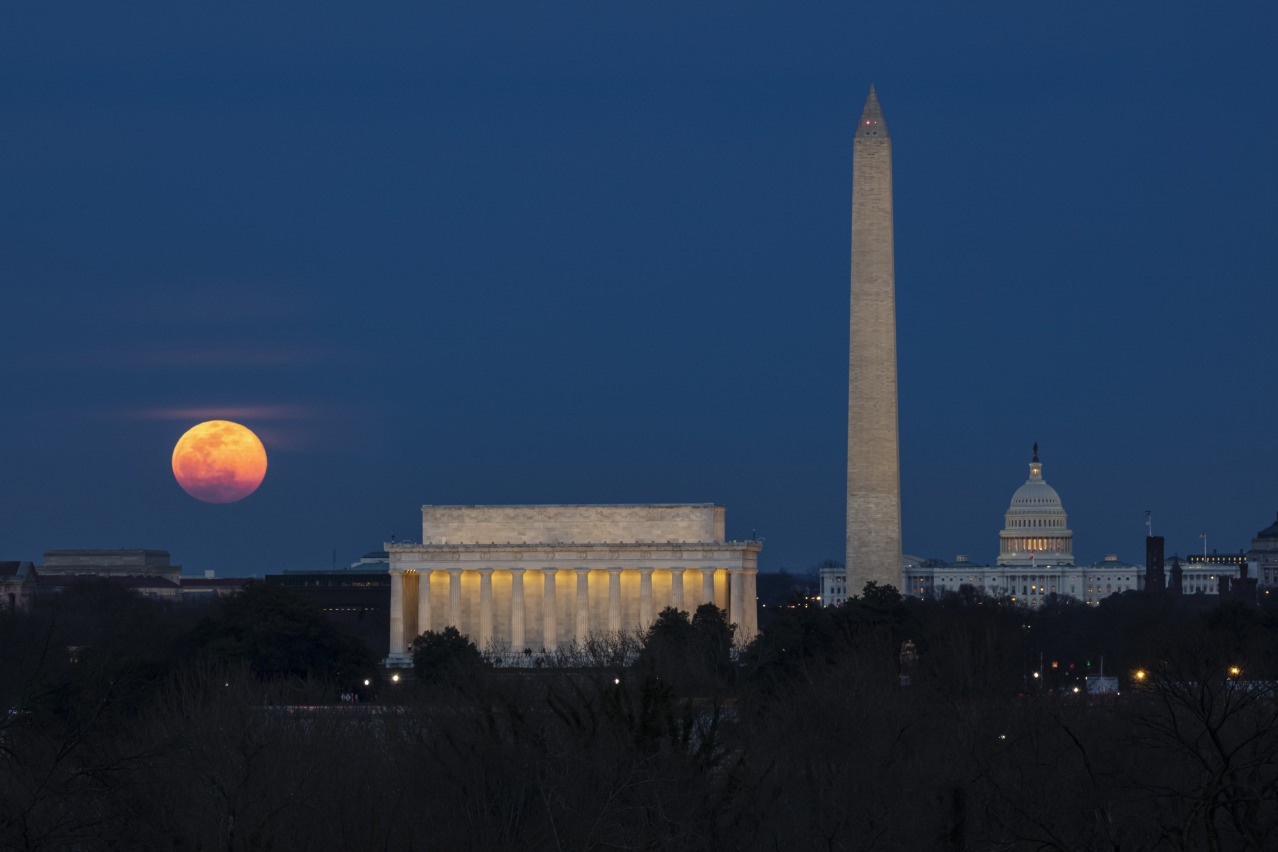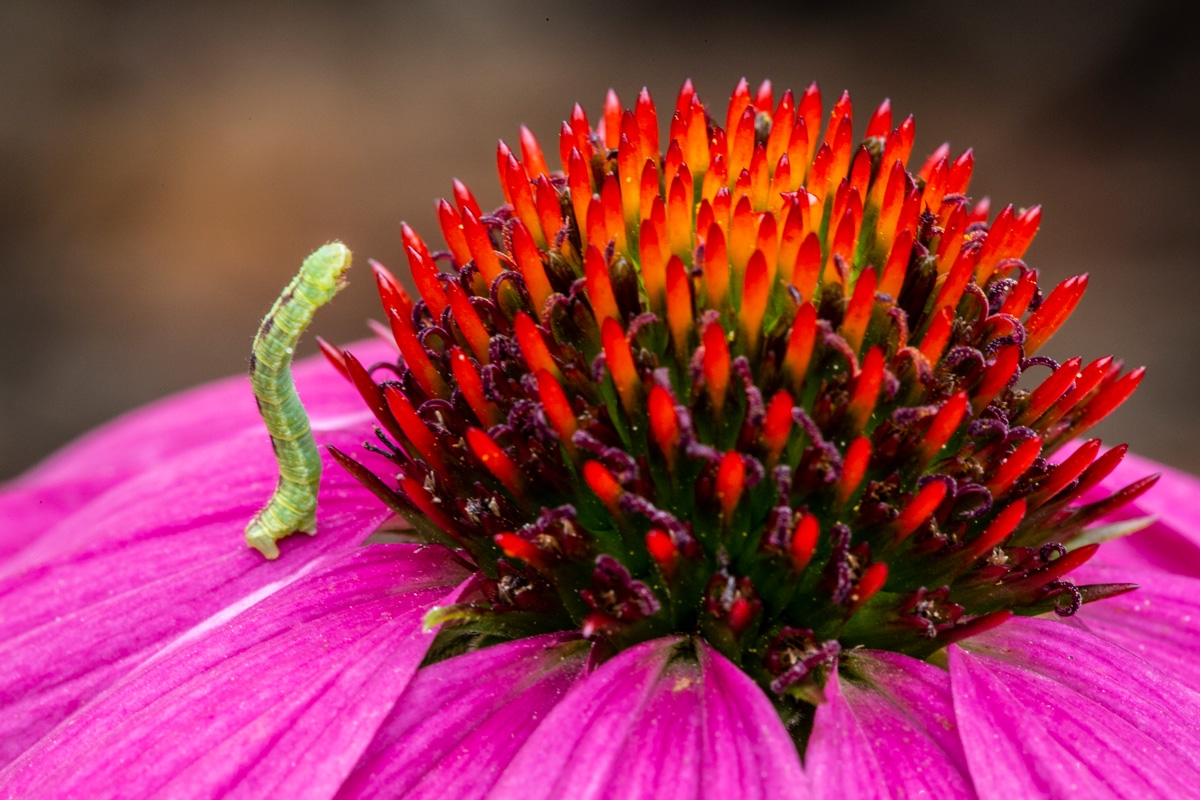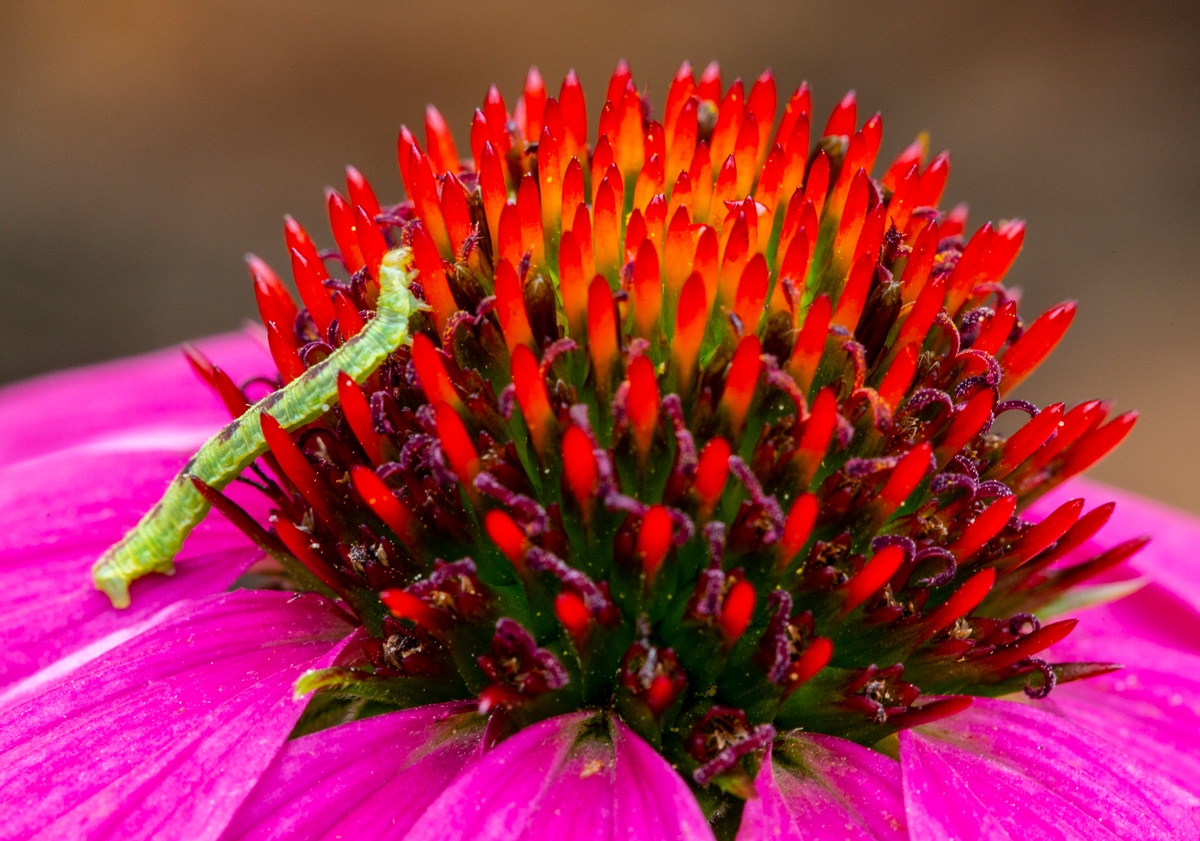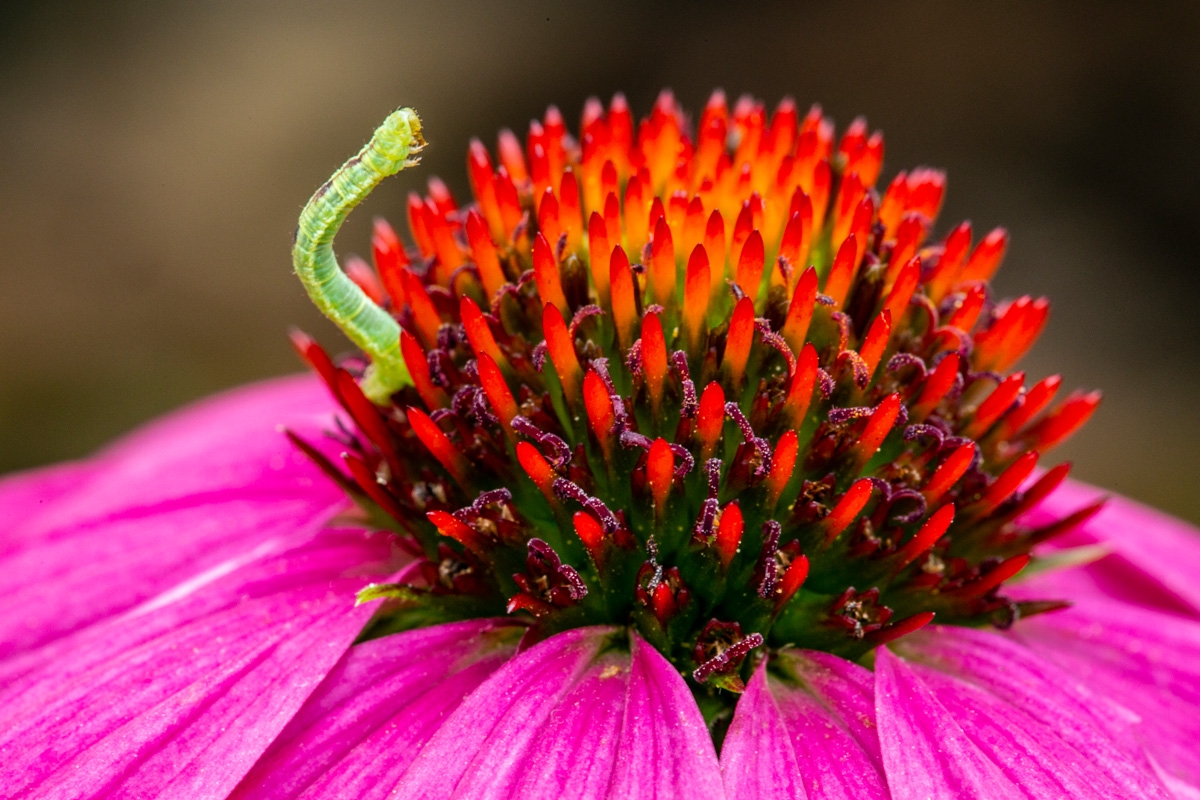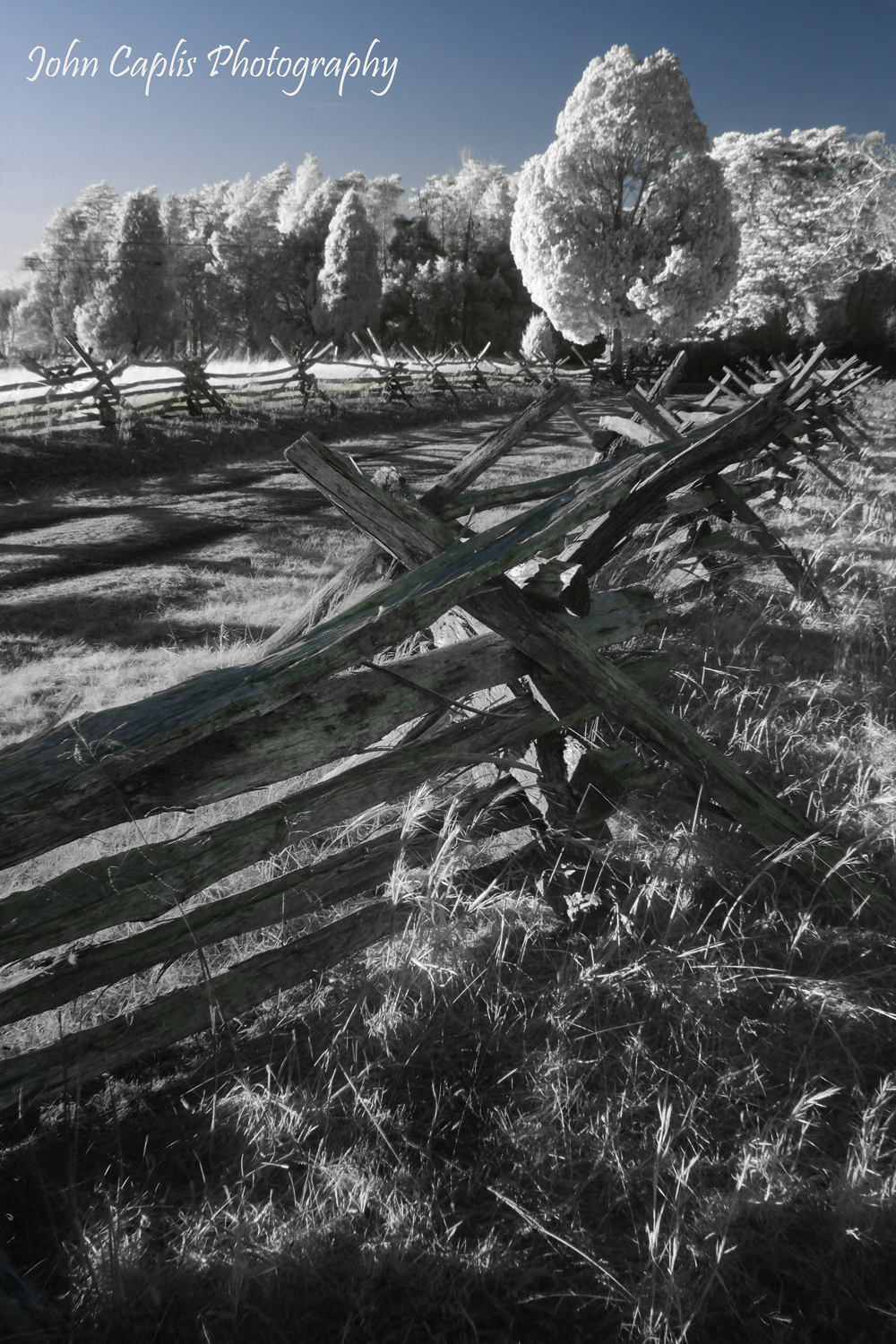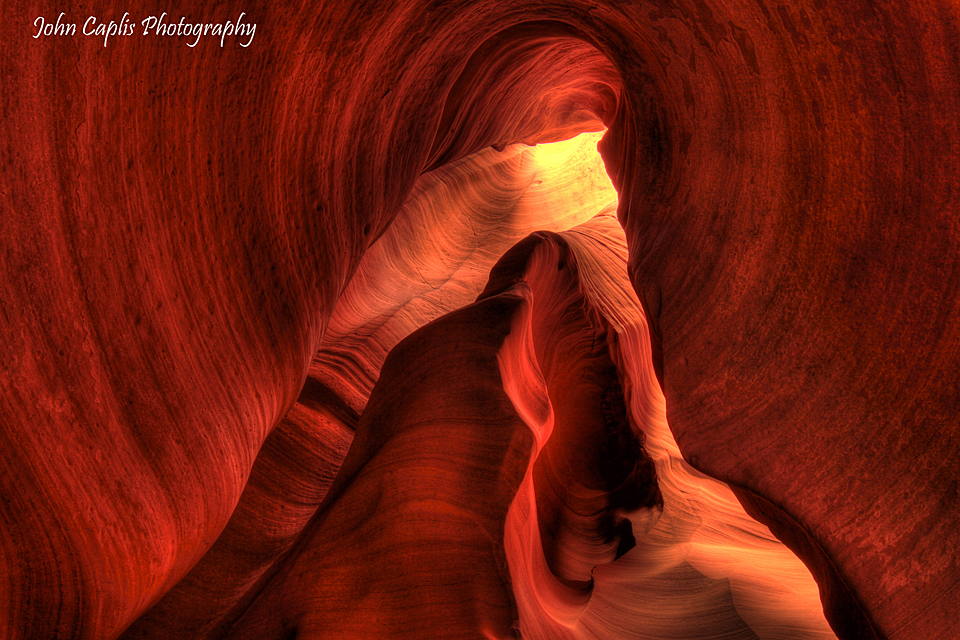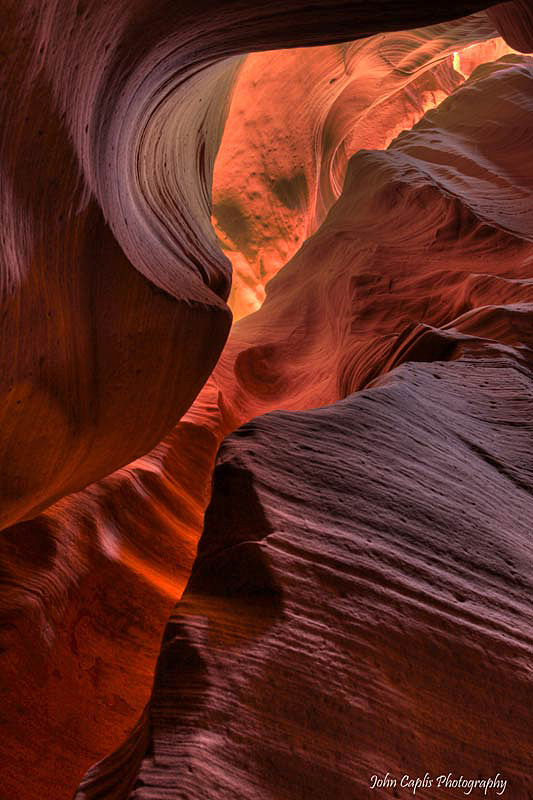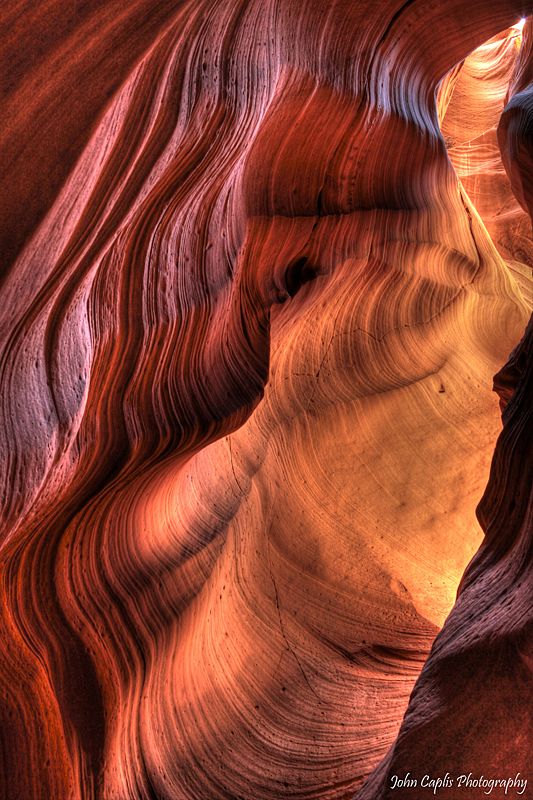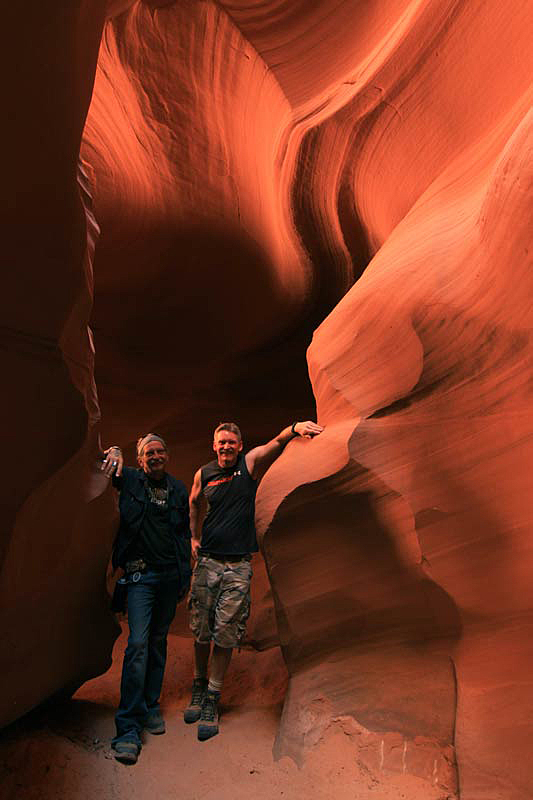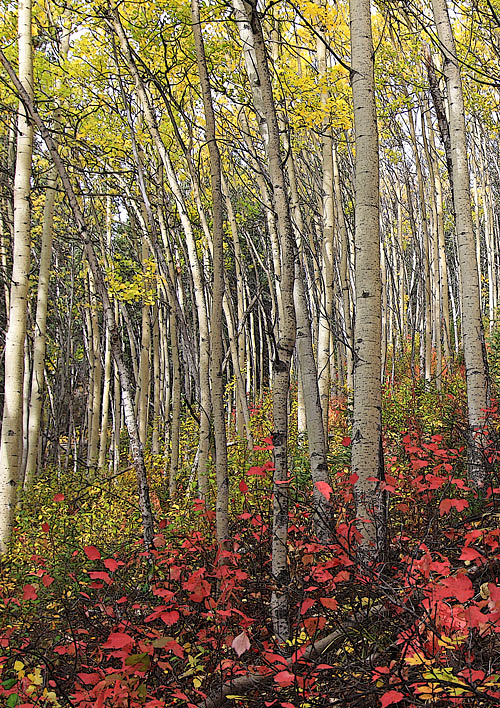Capturing fall color is one of my favorite subjects in landscape photography. One of my “wish list” fall images has always been to capture sunrise at Bear Rocks when the heathland has turned to crimson red. The Bear Rocks Preserve is a series of rocky outcroppings along the Allegheny Front, an escarpment in West Virginia that forms part of the Eastern Continental Divide. Located at 4000 feet, it enjoys 2000 feet of vertical rise from the valleys to the east, and features a subalpine ecosystem of tundra like plants and stunted red spruce trees. My vision was to capture the ridge line of white sandstone rocks surrounded by glowing red huckleberry bushes, with golden trees on the mountainside leading down to the foggy valleys below.

Challenges include getting to this remote location in the Dolly Sods Wilderness when the foliage is peaking, picking a morning with the right weather conditions, and navigating the rocks to pick a spot in the dark that has the elements you are looking for in your photograph (along with the rising sun). I found The Photograper’s Ephemeris (TPE) app in virtual reality mode to be helpful in estimating the location of sunrise in my image frame. This image is a blend of several exposures in order to control the high dynamic range of contrast between the sky and foreground, as well as capturing the best lighting on the foliage across the scene. Using a very small aperture (f22) for the sky gives you a very appealing sun burst, while using f16 for the foreground gives you a good depth of field for focus and while keeping good sharpness on the landscape. Finally, you have to get up very early and dress very warm, but the view is definitely worth it!















